
TeamViewer has been one of the best apps for remote access and support for Windows users. We’ve looked at using it on Android for remote access, but this merely allowed the mobile user to access a Desktop. TeamViewer just released an iOS app that lets Desktop users access iPhones and iPads, providing mobile device support.
Some notable features of the new TeamViewer QuickSupport (QS) app are adding e-mail accounts, providing new Wi-Fi connections, and viewing all the device’s running applications. We’ll explore some of these features below.
Remote Support to iOS Devices with TeamViewer
Install the QS App on your iOS device
Before a remote session is possible, the app needs to be installed from App Store or iTunes on the user’s device. Very similar to the Desktop version of TeamViewer, a unique ID is assigned to each device that will be used as a login for the remote operator.
Launch QS from the device to find the ID front and center. Press “Send my ID” to email the number to the person who will be remotely servicing the device.

Use QS to Service an iOS Device
Either the web-based login or Windows program of TeamViewer can be used to access the remote device. We’ll be using the Windows application.
Begin by entering the ID seen on the App and select “Connect to partner.” No additional settings needed to identify the remote computer as an iOS device. This is automatically detected.

Instead of using a password like TeamViewer does for regular remote connections, the user will need to accept a prompt on the device screen, where a chat session will automatically display.
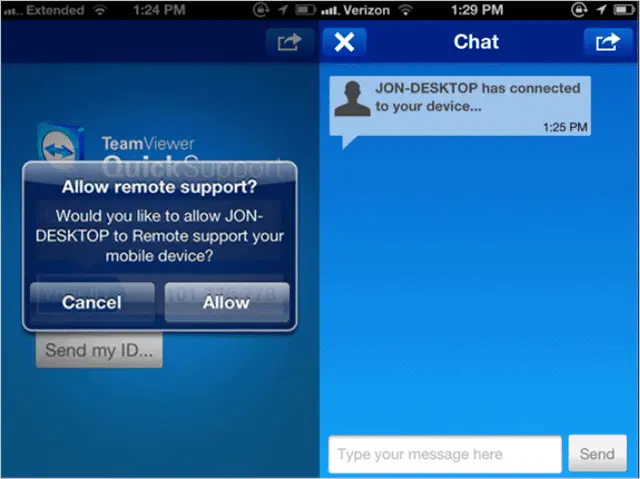
Features of TeamViewer QS for iOS
The most obvious feature is chatting from the device to the technician, and vice versa. To the left side of the TeamViewer window is a clean display for chatting with the user. I’ve found this to be very snappy, with no delays while testing.
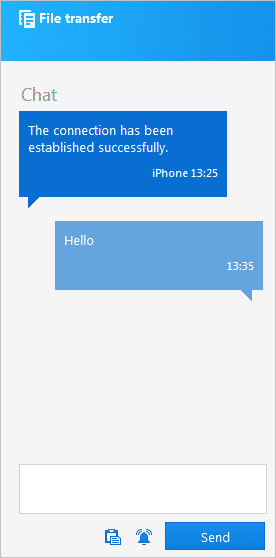
Next to the Send button there are two handy options. One is for setting the clipboard on the iOS device and the other is a nudge feature to alert the user that the technician needs their attention.
The “Dashboard” tab in TeamViewer is used as an overview of the device’s hardware. See information such as the CPU and RAM usage as well as what Wi-Fi connection is currently in use.
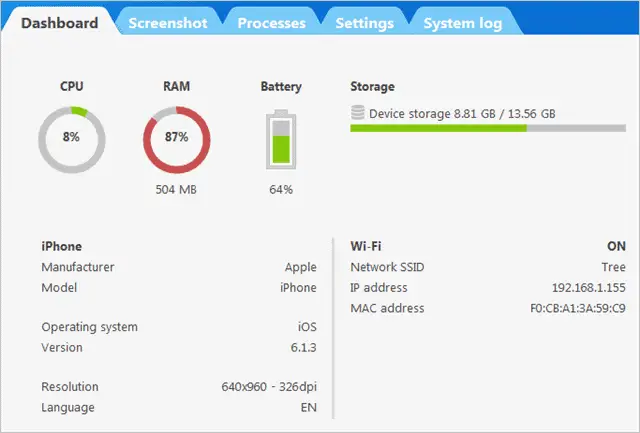
Request a screenshot of the device from the “Screenshot” tab. A prompt will display on the device explaining how to take a screenshot. Once the user has done so, the image will automatically show in this tab.
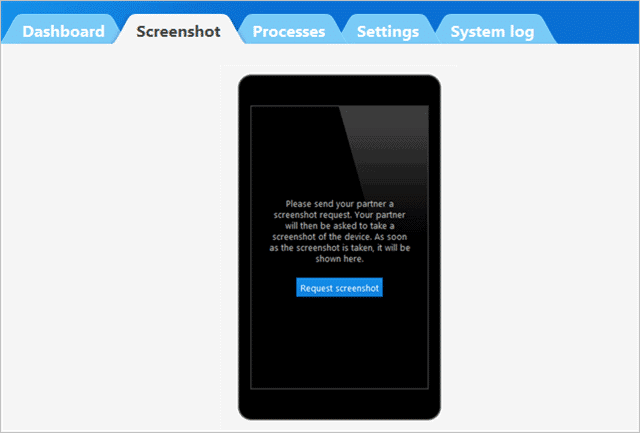
The “Processes” tab is merely informative. It displays what background processes are running and for how long. No actions can be taken like closing out apps or forcing a process to shut down, but it’s informative nonetheless.
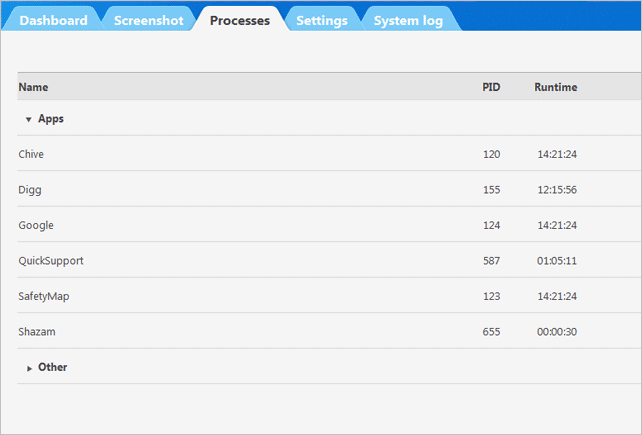
Settings
You can add an e-mail account and Wi-Fi settings from the “Settings” tab.
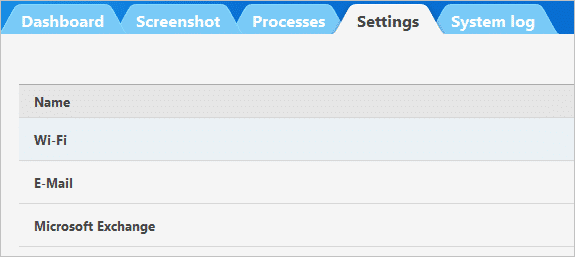
This can be pretty handy if you are using a business’ wireless network and don’t to risk security issues by giving out the password to your users. Just enter the regular details into the new prompt and click “Add.”
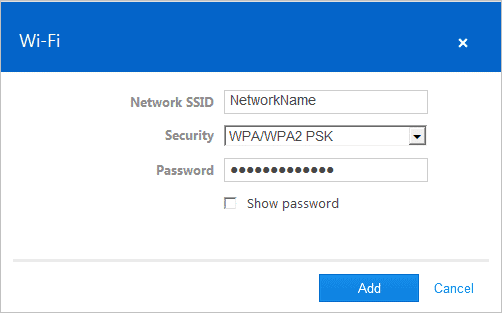
The user will need to then press “Install” and then “Install Now” to complete the new Wi-Fi profile installation.
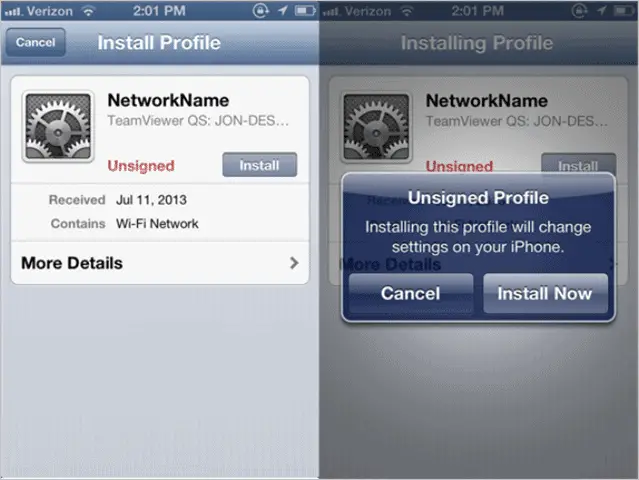
Conclusion
Remote support for iOS devices is quite similar to what we are used to with TeamViewer for Desktop. While this is true, the options for a technician to install a new Wi-Fi connection or e-mail account are very useful. Having been in the IT business myself, I understand the need for such abilities, as users don’t normally know how to run these tasks.
All Apple needs to do now is let TeamViewer build an app for remotely using an iOS device – opening apps and all. It will take the remote support business to a whole new level.







